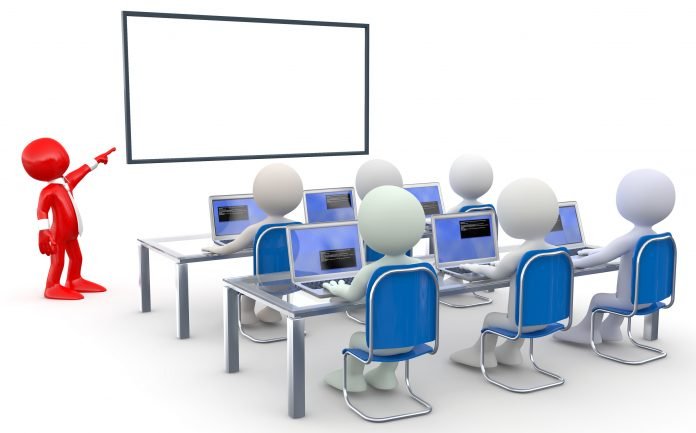Techniques of Training to Motivate the Employees
Training is one of the most important requirements for both new as well as existing employees. It plays a crucial role in human resource development and prerequisite for all the employees to ensure maximum productivity. Training and development help the employees in learning the necessary skills required to perform any particular job.
Why do an individual need training
Training helps the employees to perform the tasks effectively. The knowledge, attitudes and skills which they gain through training help them in performing jobs competently with higher productivity.
Training is also needed for existing employees to prepare them for higher level jobs during their way to promotion. Jobs undergo several changes over a period of time and these changes include the introduction of newer methods of doing a job, equipment, use of new tools, use of new technology, etc. Hence, training becomes an important need in all such situations. Organisations need to redeploy the employees and also they can also be transferred to other departments and jobs so that training becomes a necessity during such situations.
Organisations also expand by entering into new markets, new technology, introducing new products, etc. Thus, this expansion always demands employee training. Productivity is improved through employee training and it is needed to reach the prescribed objectives of the organisation.
Benefits of Training
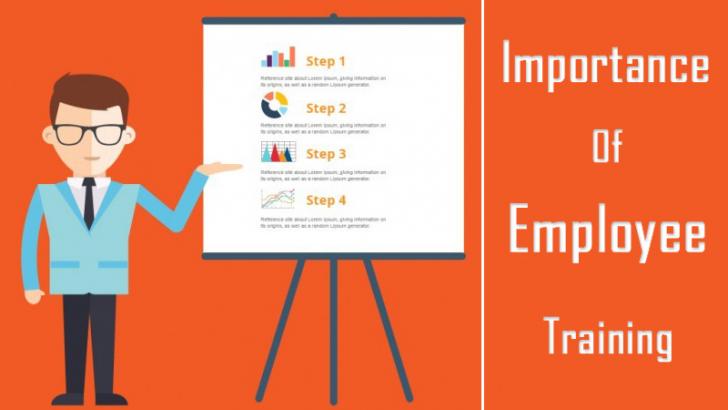
Training helps in reducing the wastage through proper use of materials, equipment, tools, etc. It improves the knowledge of employees by utilizing the facilities provided which in turn motivates them. It reduces the possibilities of accidents and increases the morale of employees. It provides growth opportunities to the employees which in turns motivates them to work enthusiastically. It also improves the quality of products and services. It helps the employees get habituated with the new technologies. It also improves human relationships.
Identification of Training Needs
Training needs are identified based on the following types of analysis
Organization Analysis
Organization analysis involves a detailed study of the organisation structure, objectives of the organisation, the quality of human resources in the firm, future plans, organisational strategies, organisational culture and the need for organisational change, etc. This analysis determines the training needs for the employees of the organisation.
Task Analysis
Task analysis is a detailed examination of a job, its various components, activities and operations involved in performing the task. Even the conditions under which job is to be performed is examined and this analysis reveals the requirements of the knowledge and skills needed to perform the job which gives an idea about the training.
Employee Analysis
Employee analysis is carried out at an individual employee level and this involves the analysis of skills, knowledge, abilities and attitudes of the employees. Based on their current job requirements and their future career plans the training needs are identified.
Methods of Training
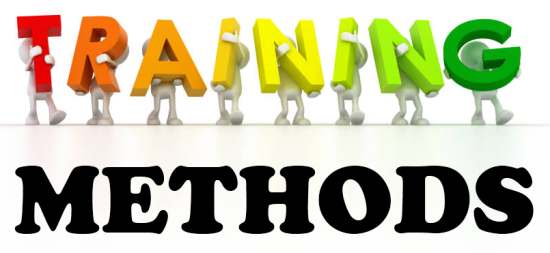
A training method can be understood as an instrument or a technique that a trainer uses for delivering training content in order to facilitate learning processes. It is the means of communicating with a particular group of participants or reaching out to them in the context of a training program with the expressed purpose of enhanced learning. There are various methods of training and these methods can be broadly classified into on the job training and off the job training. Here the choice of method used depends on various factors as follows,
Learning objectives
Special characteristics of the training group
Time allocated for the module, subtopic or the session
Level of competence of the trainer in effective use of the method
Availability of facilities and resources required for the method
Ease of presentation
Stage of the program
Various Training methods are discussed below.

On the Job Training Methods
On the job training places the employees in an actual work situation and make them appear to be immediately productive. In simple terms, it is called learning by doing. For such jobs which are either difficult to simulate or jobs which can be simple and learned quickly. The kind of training is preferred to maximize the skills of the existing employees.
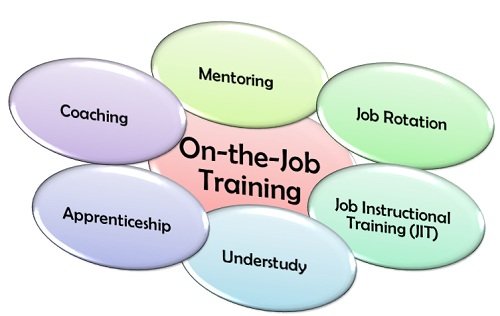
Job Rotation

Job rotation ensures more variety in the jobs and it reduces the boredom. To cross-train the employees in a variety of jobs trainees are moved from one job to another. Hence, it is so called as job rotation. At the same time, it makes employees more flexible with multiple skills so that they can move to a different platform of jobs or technologies in case of emergencies vacations, resignations and absences, etc.
Apprenticeships and coaching
This method is used to train fresher, ITI candidates, graduates and the diploma holders. This method involves learning from an experienced employee. This a very popular method used for training technicians like electricians, turners, plumbers, machinists, welders and carpenters, etc. Hence, coaching is similar to the apprenticeship where the senior employee who trains the fresher assumes the role of a coach. The trainees are allowed to work under close supervision of the senior employees until they develop necessary skills to perform their job independently.

Job Instructions Training
This is also a popular training method which was developed during the Second World War period. Job instruction training received directly on the job. Here a trainer, senior or a supervisor serves as an instructor. The trainees receive information about the overview of the job and desired outcomes which emphasize the relevance of the training. Then the trainer demonstrates the job and how it is to be done. Demonstrations by the trainers and practiced by the trainees is repeated till the trainee masters the job.

Committee Assignments
In this method, the trainees are asked to solve an actual organisation problem in order to expose them to real life situations and learn how to solve the problems. Trainees get an opportunity to understand the organisational issues and how these issues are to be handled.
Off the Job Training
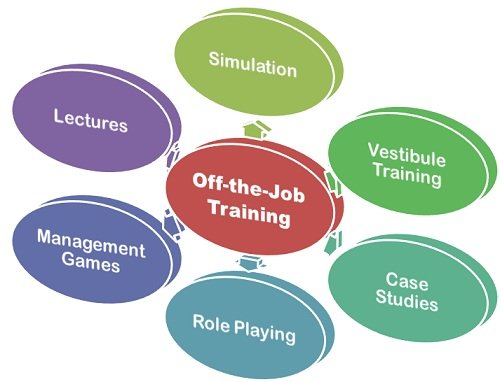
In these methods, the trainees learn the skills and knowledge in simulated environments or through other means and hence, they are moved away from their jobs during their training period. Some of the popular methods of off the job training methods are discussed below.
Vestibule training:
Actual work environment is simulated in a class room. In this method files, materials, equipment, and computers can be employed for the training purpose. Vestibule training is normally used for semi-skilled jobs.

Lecture Method
This method relies more heavily on the communication. Here, the trainer gives a lecture to the group of participants to improve their knowledge and skills. It is very economical and can reach many trainees at the same time. Even computers, audio equipment can be used along with lecture to make it more effective. The actual time for the delivery of the lecture depends on the trainer, keeping in view of the nature of the topic and the group environment.

Case Study Method
Case study method attempts to stimulate the decision-making situations that trainees might face on the job. It samples real life situation in the field and allows the participants to learn on the basis of well-documented series of events, circumstances and issues. A carefully written case can induce reality into the training setting and bring the discussion down to a reasonable level of concreteness and reality. It helps participants to familiarize themselves with facts, situations and dilemmas that they might face in the real life. It can be used to stimulate the analytical, in-depth discussion with a view to representing a multi-faceted or an integrated perspective of the situation for better understanding, guidance and the action of the participants.
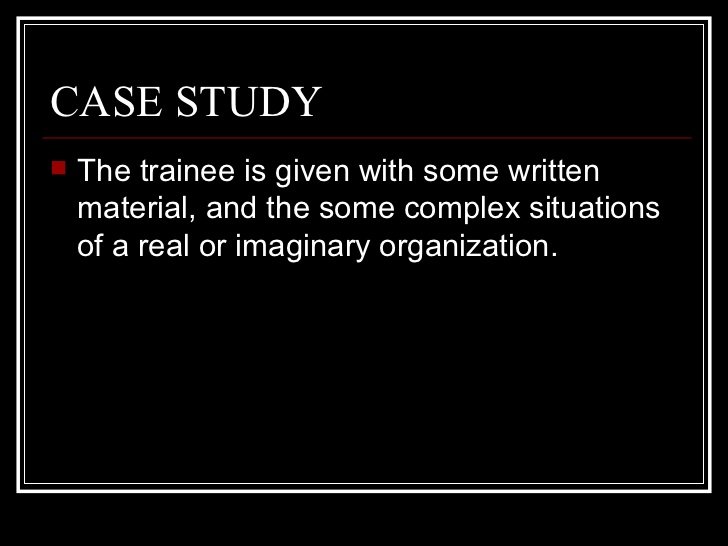
The case study method can help in delivering useful generalizations or principles regarding work in the field. It helps in enhancing decision-making and problem-solving skills. The case study method can also help to develop knowledge of skills in the participants and make them deal with a multitude of situations in their job require regular action or interaction. It helps in enhancing the involvement of the participants in the process of learning.
Role Play Method
Role playing is a method of training in which the participants are required act out the role of an individual in a situation or in circumstances that are relevant to the individual. Role play is a conscious effort to bring out the dynamics and intricacies of various roles performed in the real life. The ways in which the individuals approach the roles and the process of interaction between different individuals are analysed and discussed, leading to the learning outcomes. It is a valuable method that provides opportunities for participation, involvement and for action learning. Role play is a key method for bringing out behavioral changes.
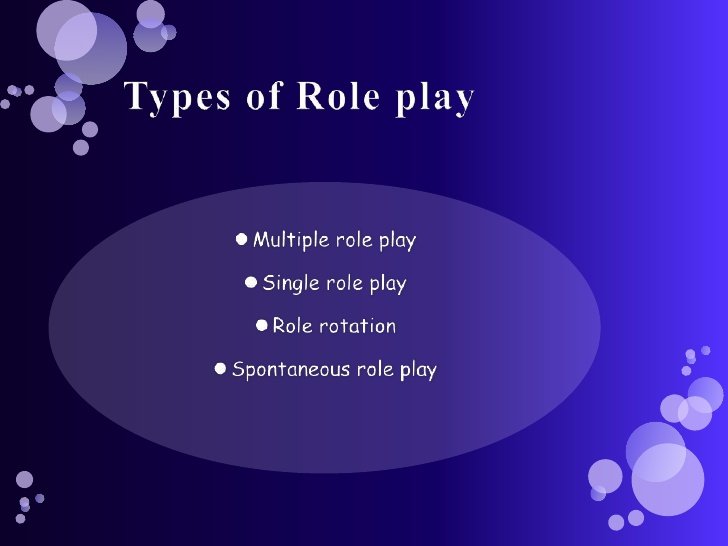
The importance of role play is to understand and appreciate from others point of view, to respect their feelings and to know their behavior. It is a training tool to improve the skills of the trainees in the areas of problem solving and decision making. Role play provides a useful experience in interpersonal communication and self-expression.
Management Games

A management game is a training method deals with certain aspects of business or administration. It is stimulated exercise representing, as closely as possible, the constraints and pressures of the day to day work environment of the participants. The tasks include finding solutions to the problems, taking decisions and dealing with people. Decisions taken are analysed either by a computer or manually by experts and the feedback is given to the trainees.

